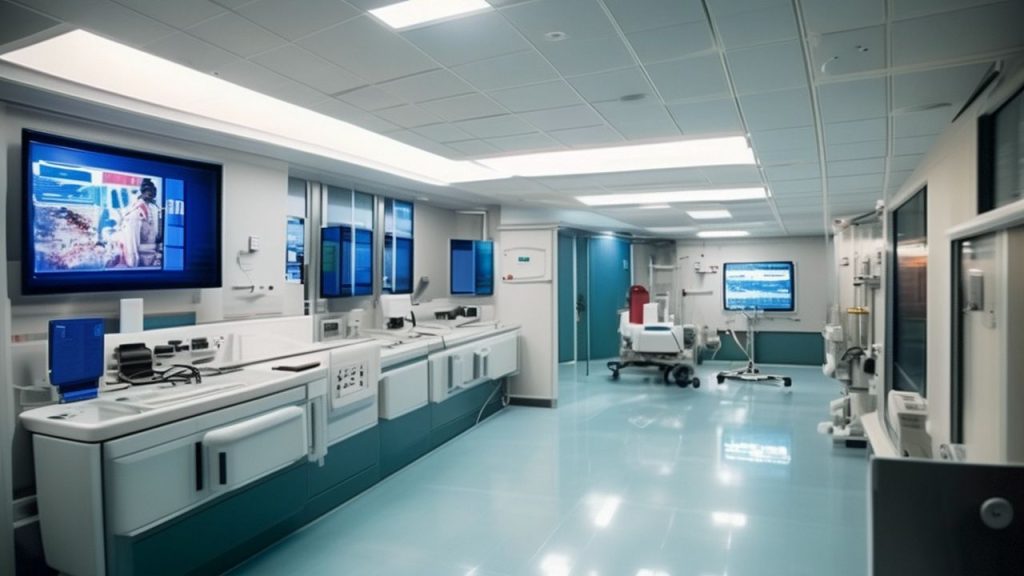Gastric cancer diagnosis:
Insufficient understanding of the clinical symptoms of early gastric cancer may be the main reason for the inability to achieve timely diagnosis and early treatment of early gastric cancer. Therefore, further examination should be conducted in the following cases:

- Presence of general upper gastrointestinal symptoms, even if the symptoms are mild, lasting or intermittent for 3-6 months.
- History of “stomach disease” with recent worsening of symptoms.
- Change in the regular symptoms of a confirmed history of peptic ulcer disease.
- Confirmed chronic gastritis or presence of multiple gastric polyps.
- Long-term positive fecal occult blood test.
Examinations for early gastric cancer:
- Conventional barium meal X-ray examination has a diagnostic rate of only about 1/3 for early gastric cancer. However, double-contrast radiography significantly improves the diagnostic rate of early gastric cancer.
- Fiberoptic endoscopy and examination of gastric epithelial cells can achieve a diagnostic rate of 60%-70%. Endoscopy with mucosal staining and histopathological examination of biopsied tissue can achieve a diagnostic rate of over 85%.
- The comprehensive application of medical history, physical signs, and special examinations can achieve a diagnostic rate of around 95% for early gastric cancer.
Barium meal X-ray examination is a commonly used method for diagnosing gastric cancer. It can observe changes in gastric contour, peristalsis, mucosal morphology, and emptying time to understand the extent of the lesion. It has a diagnostic rate of about 90% for intermediate and advanced gastric cancer. Double-contrast radiography can display subtle irregularities of the mucosa, facilitating early diagnosis.
Fiberoptic gastroscopy combined with histopathological examination of biopsied tissue is the most reliable special examination for diagnosing gastric cancer. It can diagnose early gastric cancer, differentiate between benign and malignant ulcers, determine the type and infiltration range of gastric cancer, and detect precancerous lesions.
Abdominal ultrasound examination is a routine preoperative examination that can determine the presence of lymph node metastasis and distant metastasis in gastric cancer. Endoscopic ultrasound examination is more accurate in determining the depth of gastric wall invasion and has a high accuracy rate for diagnosing early gastric cancer. However, its penetration is limited, and it is not as effective as surface ultrasound examination in detecting lymph node metastasis. Endoscopic ultrasound examination is not widely used in clinical practice. CT examination can provide information on the development of the stomach and gastric wall, adjacent organs, and lymph node metastasis, especially in the liver, root of the mesentery, hepatoduodenal ligament, and para-aortic lymph nodes.
Additional diagnostic methods include gastric fluid analysis, serum carcinoembryonic antigen (CEA) measurement, and fecal occult blood test. These methods, along with X-ray, endoscopy, and histopathological examination, are used to differentiate gastric cancer from diseases such as gastric ulcers, gastric polyps, gastric leiomyomas, gastric giant rugal hypertrophy, primary gastric malignant lymphoma, and gastric leiomyosarcoma.

